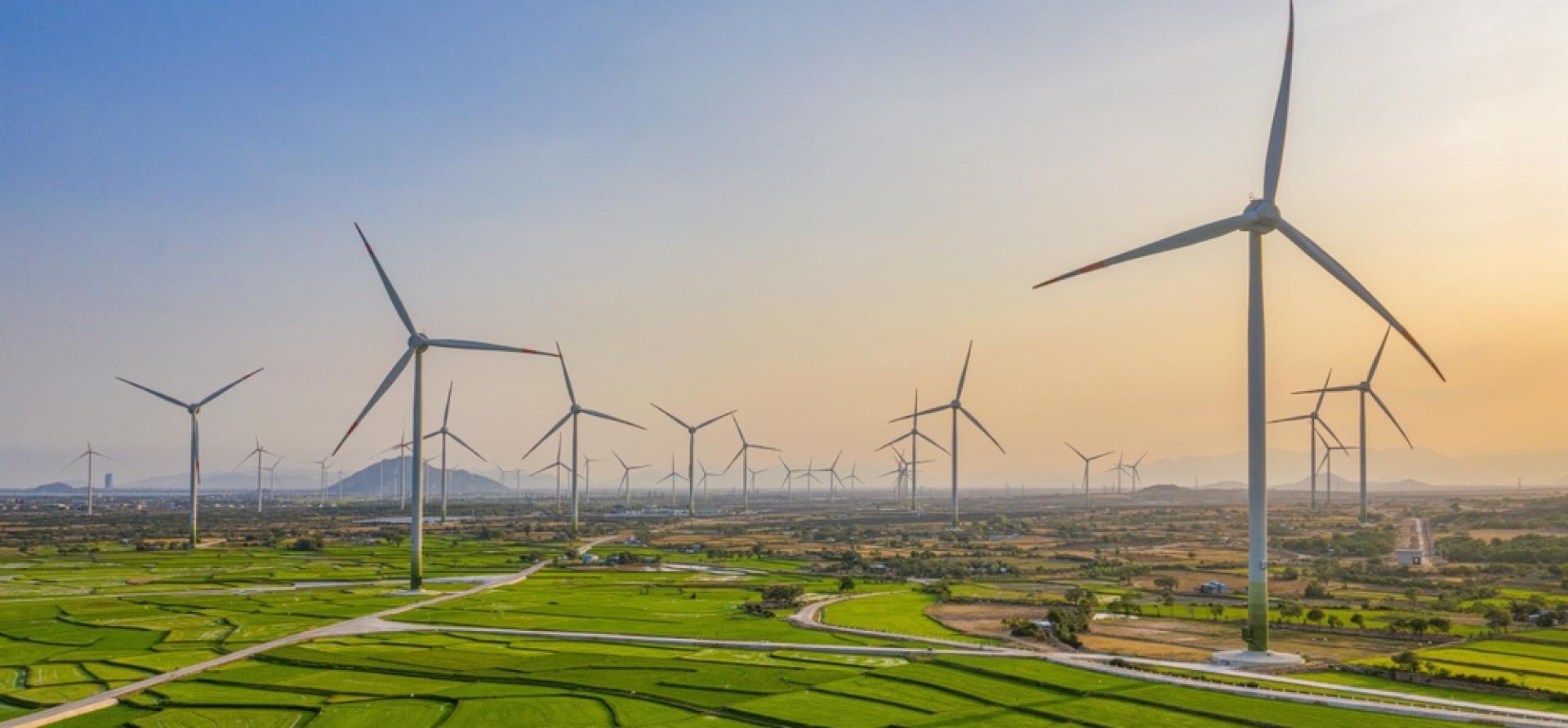The International Energy Agency (IEA) has released its Global Energy Review 2025, providing an in-depth analysis of the energy sector’s performance in 2024. This report covers all fuels and technologies, major countries and regions, and energy-related carbon dioxide (CO2) emissions.
Key Trends in Global Energy Demand
In 2024, the world’s energy demand experienced a significant acceleration, growing by 2.2%. This growth rate surpasses the average rate of the past decade, indicating a robust increase in energy consumption across various sectors.
Electricity Sector Leads the Surge
The power sector emerged as a primary driver of this surge, with electricity demand soaring by 4.3%. This notable increase is almost twice the growth rate of the overall energy demand and significantly outpaces the 3.2% growth in global GDP. Several factors contributed to this surge in electricity demand, including increased cooling needs due to record temperatures, rising industrial consumption, the electrification of transport, and the expansion of data centers and artificial intelligence.
Renewables and Nuclear Power Expansion
Low-emission sources, led by a record-breaking expansion of solar photovoltaic (PV) capacity, met nearly all of the increased electricity demand. Renewables, including solar PV and wind, along with nuclear power, accounted for 80% of the growth in global electricity generation. Renewables alone supplied 32% of total electricity generation, with a record 700 GW of renewable capacity added in 2024, nearly 80% of which was solar PV. Solar PV and wind generation increased by a record 670 TWh.
Fossil Fuel Trends: Natural Gas, Oil, and Coal
While the electricity sector saw a strong shift towards renewables, trends varied across fossil fuels. Natural gas experienced the strongest demand growth among fossil fuels, with a 2.7% increase in 2024. In contrast, oil demand growth slowed to 0.8% in 2024, and coal demand increased by 1%.
Regional Energy Demand Dynamics
Emerging and developing economies accounted for over 80% of global energy demand growth. China, despite a slowdown, remained the largest contributor to absolute demand growth. India’s energy demand growth surpassed that of all advanced economies combined. The United States and the European Union also saw a resurgence in energy demand.
Decoupling of Emissions and Economic Growth
Global energy-related CO2 emissions continued to grow, but the rate of increase slowed to 0.8% in 2024, while the global economy expanded by more than 3%. This decoupling indicates that emissions growth is being partially offset by factors such as increased deployment of renewable energy technologies.
This comprehensive review by the IEA provides critical insights into the evolving global energy landscape, highlighting the pivotal role of electricity and the growing significance of renewable energy sources



